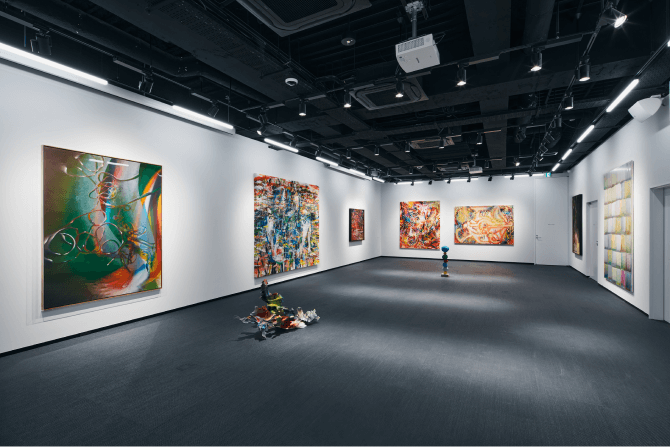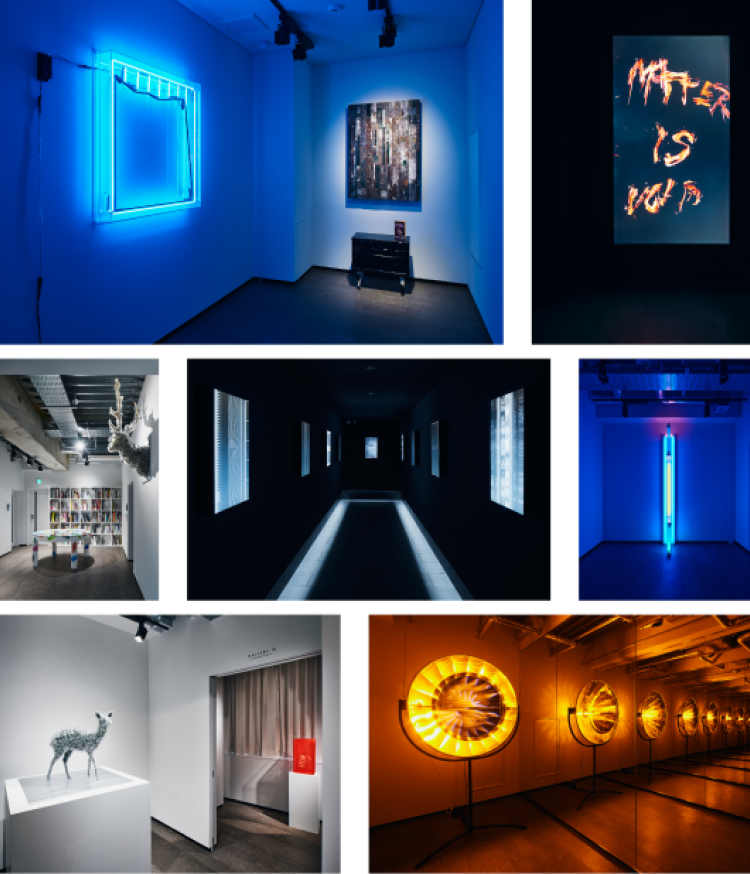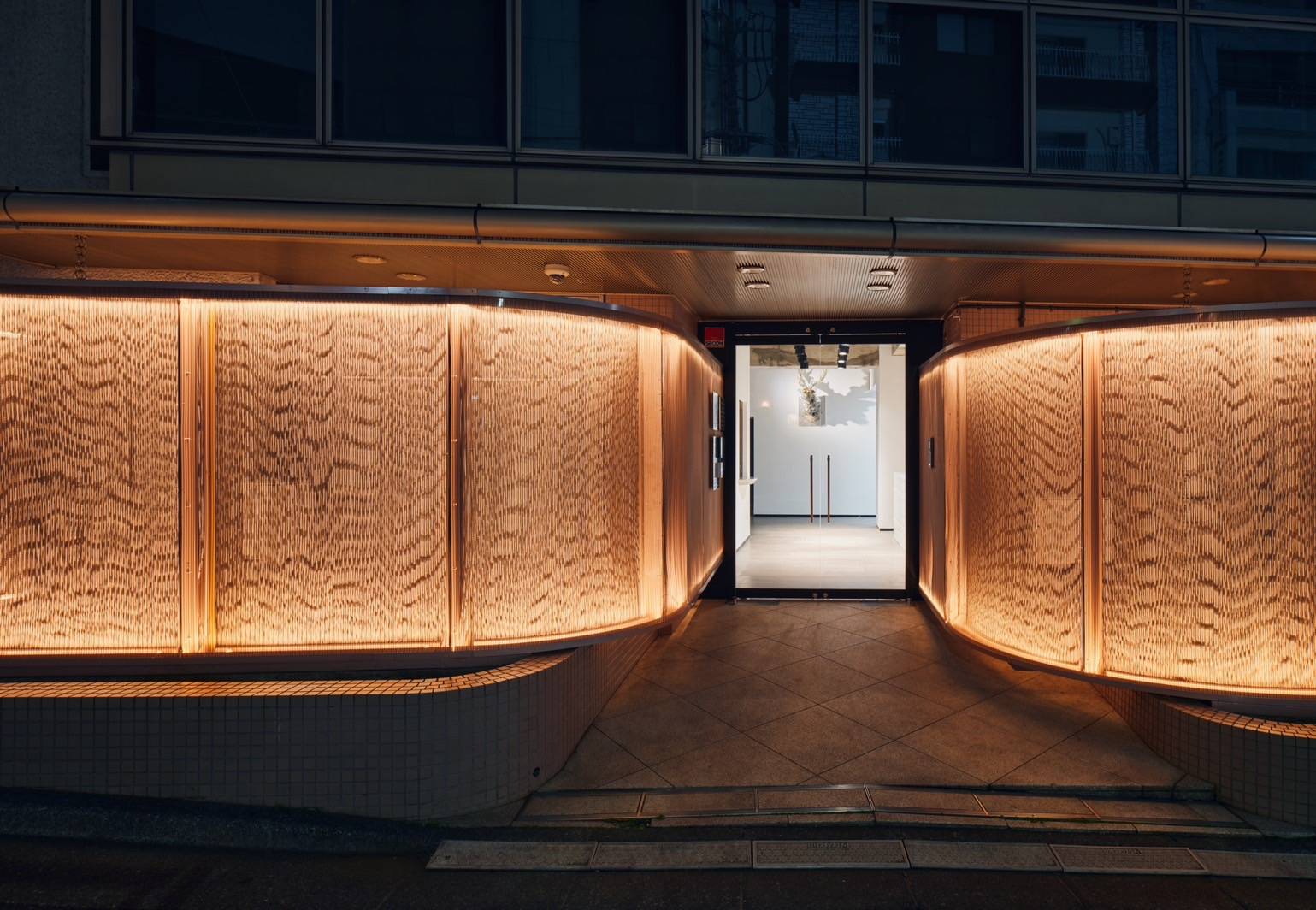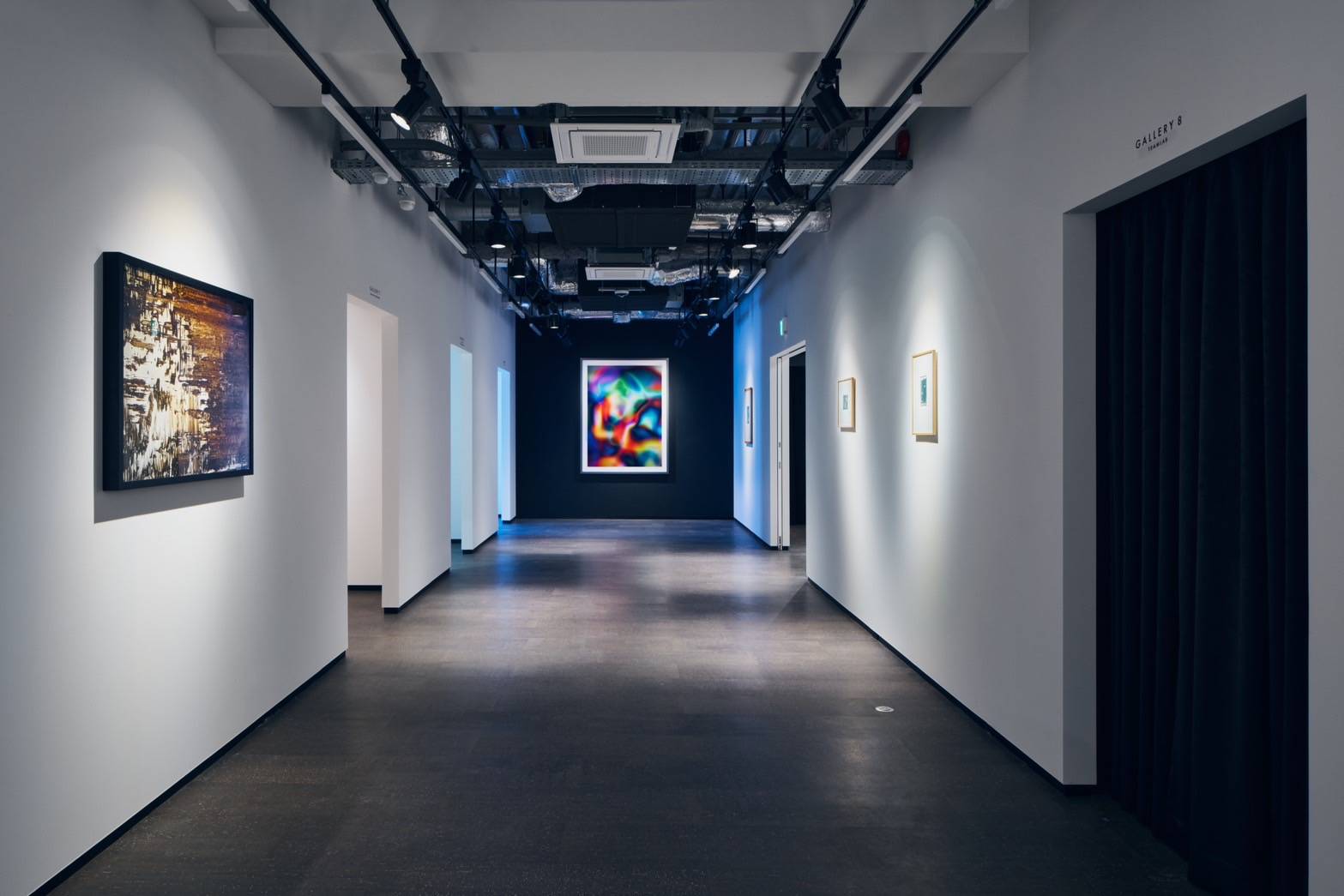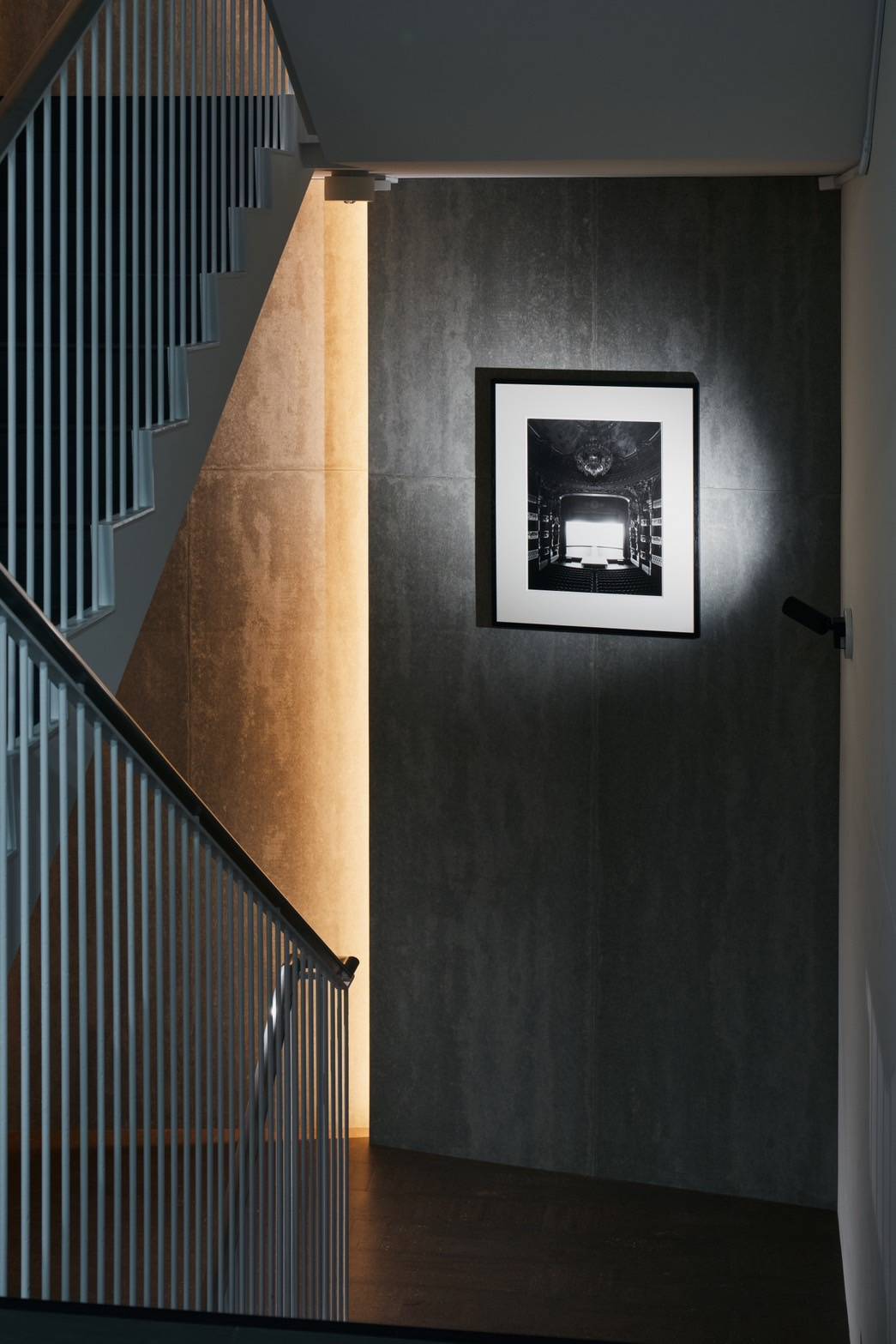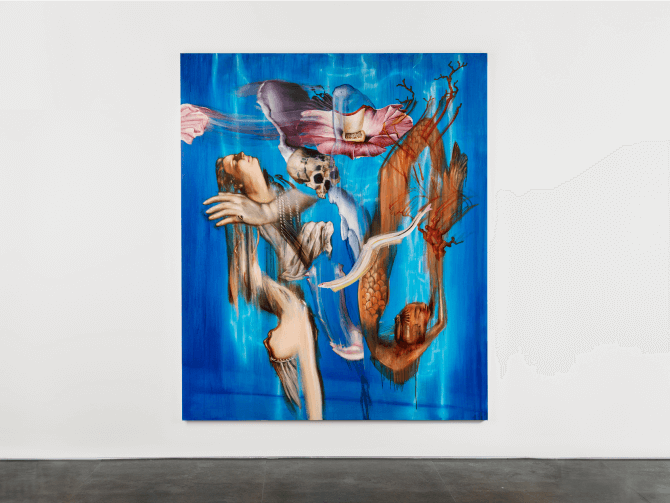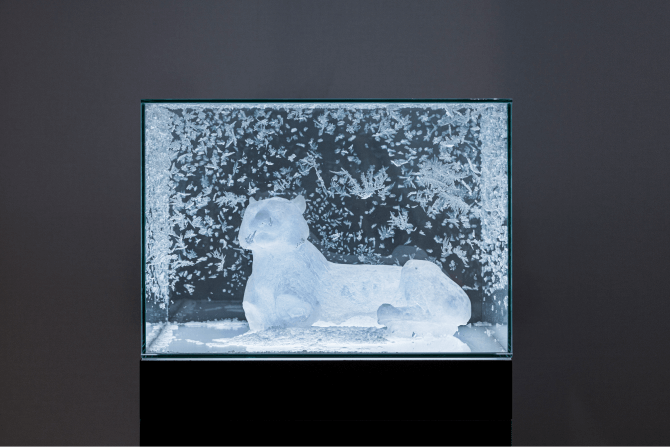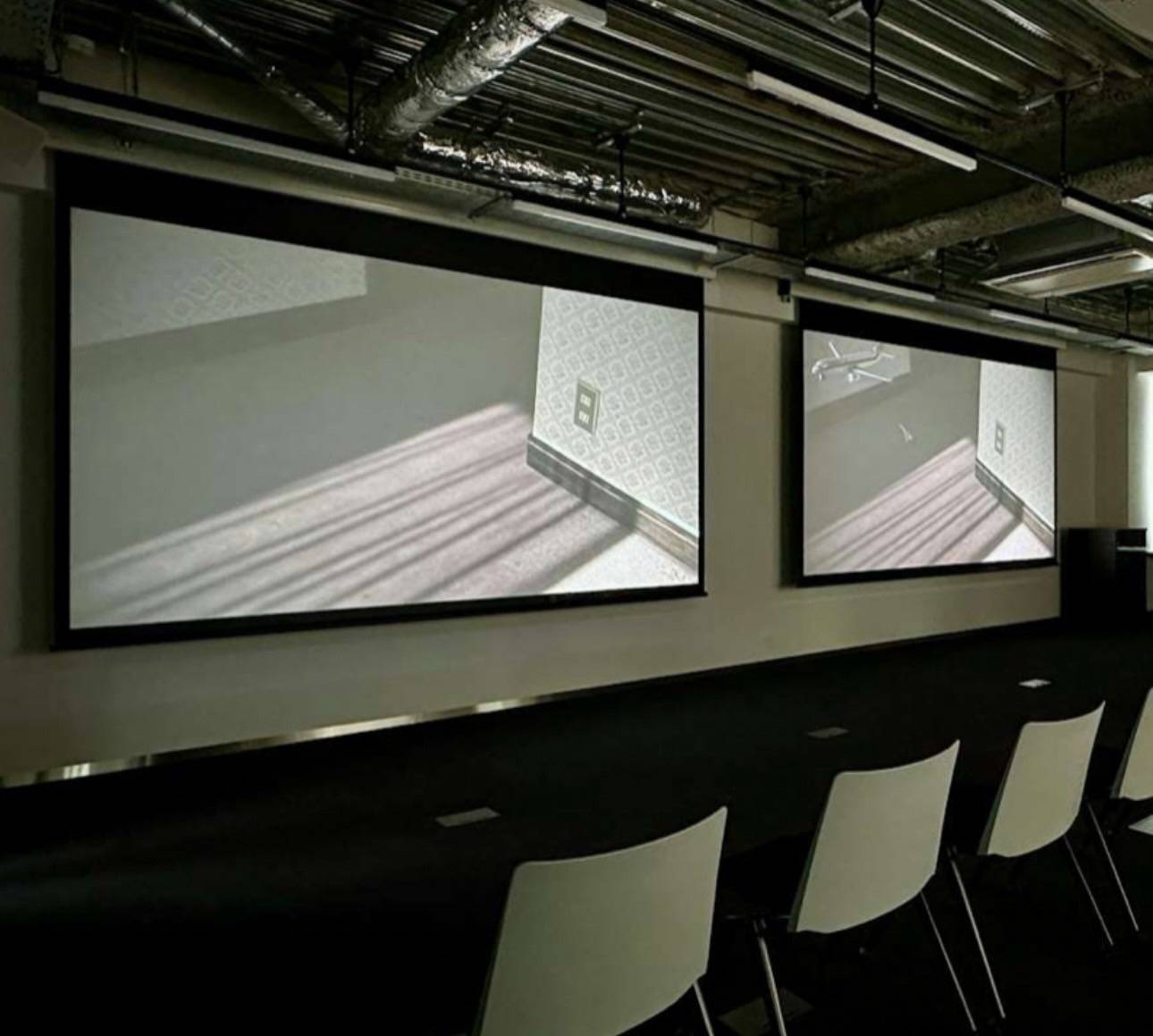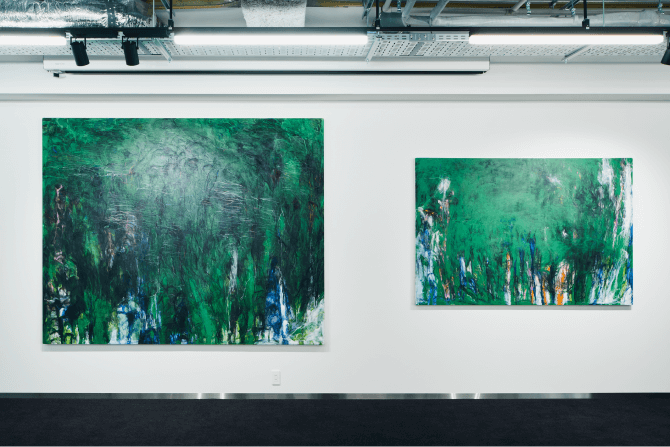The museum, centered around the theme of "Contemporaneity," showcases a selection of contemporary art by a wide range of artists from both Japan and abroad. From the UESHIMA MUSEUM COLLECTION, which includes over 650 works, visitors can enjoy carefully selected pieces based on various themes.
Reservations are required to visit the museum, so please make a reservation in advance here.
Dates |
June 1, 2024 sat ― the end of December 2024Hours(Pre-contract) |
11:00 AM - 17:00 PM(last entry at 4:00 PM. )
※3rd and 4th floors open only on Saturdays
Admission feestax included |
Adults : ¥1,500
Middle and High School Students : ¥1,000
Elementary School Students and Younger : Free
Closed |
Mondays, and Public Holidays




